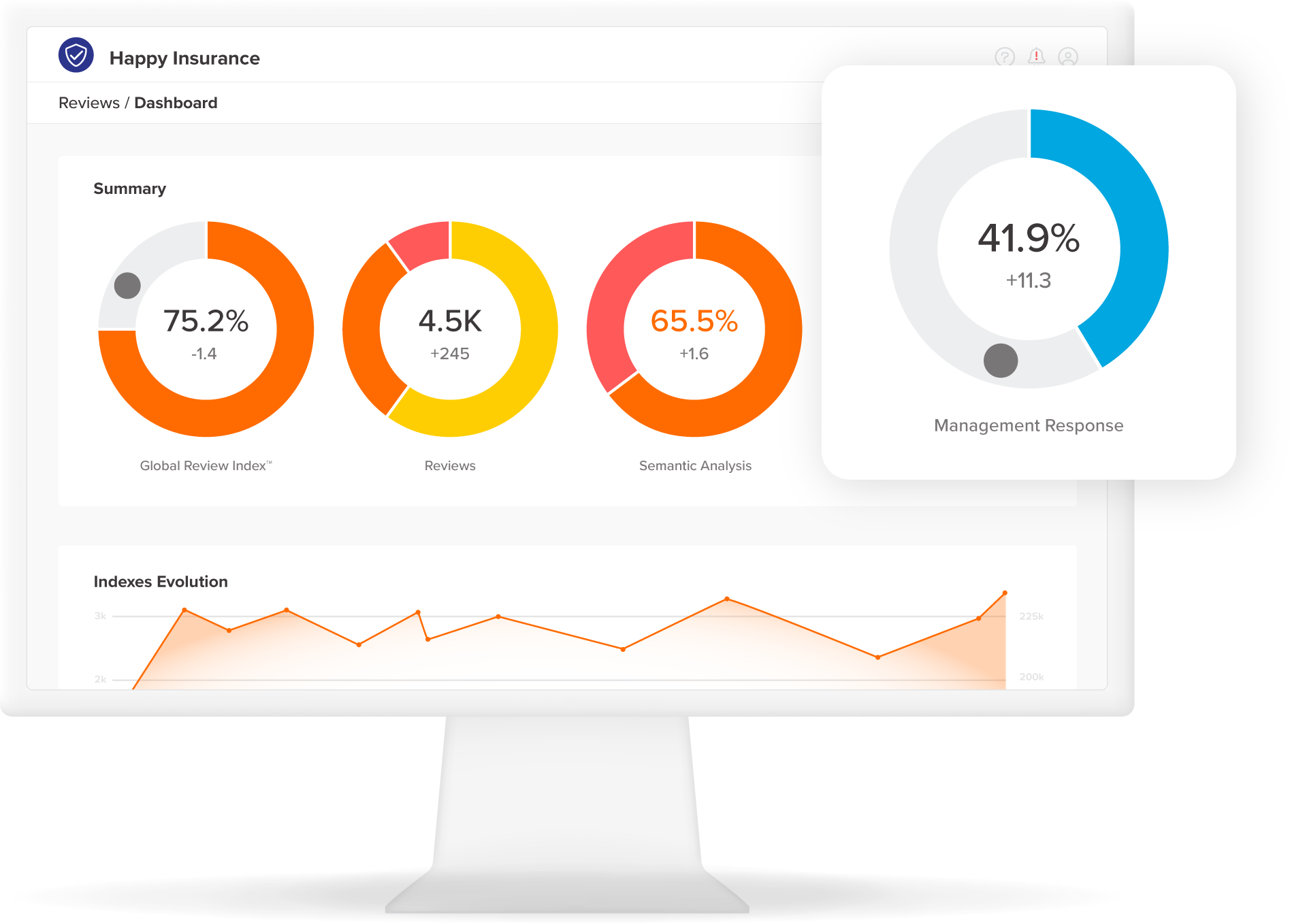Automation tech continues to attract funding in an increasingly challenging macroeconomic environment. That’s because of its cash-saving potential, no doubt. In a recent survey by Zapier — not the most unbiased source, granted, given that the company sells automation software — about 44% of employees say that automation saves them time while almost a third (33%) say it enables them to accomplish more with fewer resources.
One of the vendors benefiting from the interest is Ushur, which focuses specifically on automating aspects of companies’ customer experiences. The startup provides dashboards from where users can build AI-powered workflows for tasks like claims processing, customer support and appointment scheduling, letting organizations automate both business processes and front-office, customer-facing tasks (if the sales pitch is to be believed).
Ushur today announced that it raised $50 million in a Series C round led by Third Point Ventures with participation from investors Iron Pillar, 8VC, Aflac Ventures and Pentland Ventures. Bringing the startup’s total raised to $92 million, the funds will be put toward expanding Ushur’s product portfolio, developing new AI innovations and moving into new regions and industry verticals, according to CEO Simha Sadasiva.
Ushur, which Sadasiva co-founded in 2014 with ex-Lucent Technologies staffer Henry Peter, targets enterprises in heavily regulated industries such as insurance, healthcare, financial services and banking with tools designed to simplify the adoption of tech like conversational AI and intelligent document processing. For example, Ushur offers a chatbot-like plugin that provides automated customer support through web, mobile, email and live chat channels, proactively reaching out to customers with information specific to their needs and handling transactions across the different channels automatically.
“We optimize our [AI] models for industry-specific taxonomy and document types,” Sadasiva told TechCrunch in an email interview. “For example, in the insurance industry, ACORD forms are a standard. Ushur’s document models have been trained on all types of these forms … Another example is the training model we developed to triage millions of emails.”
Hearing all this, you might be wondering: What sets Ushur apart from the other enterprise automation firms out there? Fair question. After all, Jiffy.ai uses machine learning, AI and a design studio to help companies handle tasks that are usually performed manually — similar to what Ushur claims to offer. Meanwhile, SaaS Labs provides AI tools to automate certain sales and support processes. Then there’s incumbents like Automation Anywhere and UiPath, which occupy the enormous robotic process automation market.

Image Credits: Ushur
Ushur, Sadasiva says, is differentiated by its dedication to plug-and-play, self-served customer experiences. Using the platform, IT teams can hook up existing systems to Ushur-provided APIs and data connectors before handing off the work to business teams, who can build automated experiences on top of Ushur’s templated workflows.
“Ushur’s flexible, AI-powered and true zero-code workflow environment doesn’t need support engineers designing or constantly tweaking it like some automation solutions do,” Sadasiva said. “Most companies can quickly deploy Ushur’s no-code platform with in-house citizen developers and IT teams.”
Sadasiva’s words are best taken with a grain of salt. No tech is foolproof — not even Ushur’s, assuming it’s indeed as good as claimed.
But differences of tech and opinion aside, Ushur has managed to build an objectively strong customer base, with brands like Aflac, Aetna, CVS Health and United Healthcare on the contractual hook for its services. Sadasiva says that more than 50% of Ushur’s clients are Fortune 500 companies and that the startup now serves three of the world’s top six healthcare companies.
The software sells itself, Sadasiva says. One recent survey found that businesses using customer experience automation software expected to double their revenue in 2022 compared to those using manual email marketing, marketing automation and customer relationship management tools. According to the same survey, customer experience automation led to more relevant communications and, in turn, better retention and customer acquisition.
“The pandemic dramatically accelerated Ushur’s business. During that time, Ushur more than doubled its customer base, tripled its headcount and expanded its footprint across three continents,” Sadasiva said. “As the world went remote, customer interactions shifted online … At the same time, businesses were hobbled by COVID-related staff shortages and were looking for ways to automate. Ushur gave businesses a way to provide self-served digital interactions over any channel on the customer’s schedule.”
While Ushur doesn’t have any government contracts at the moment, it sees this as a growth opportunity, according to Sadasiva. In fact, Ushur plans to expand into the public sector within the next 12 months, which will potentially include pursuing military contracts.
“Ushur is in an enviable position to not only weather but thrive in a prolonged economic downturn … Even if the economy tips into recession, the trends still favor our growth for the same reasons they did during the pandemic,” Sadasiva said. “In addition, our focus on solving real-world business problems and our disciplined yet practical approach to growth kept Ushur out of tight spots as we maintained a steep growth trajectory.”
There’s some truth to that. While Sadasiva wouldn’t disclose Ushur’s exact revenue (for competitive reasons, ostensibly), he said that the last four quarters were the biggest in the company’s history and that annual recurring revenue in 2022 eclipsed the total for the previous four years put together.
Ushur, which has 203 employees, plans to hire this year.
Ushur, which aims to automate aspects of the customer experience, raises $50M by Kyle Wiggers originally published on TechCrunch















 English (US) ·
English (US) ·